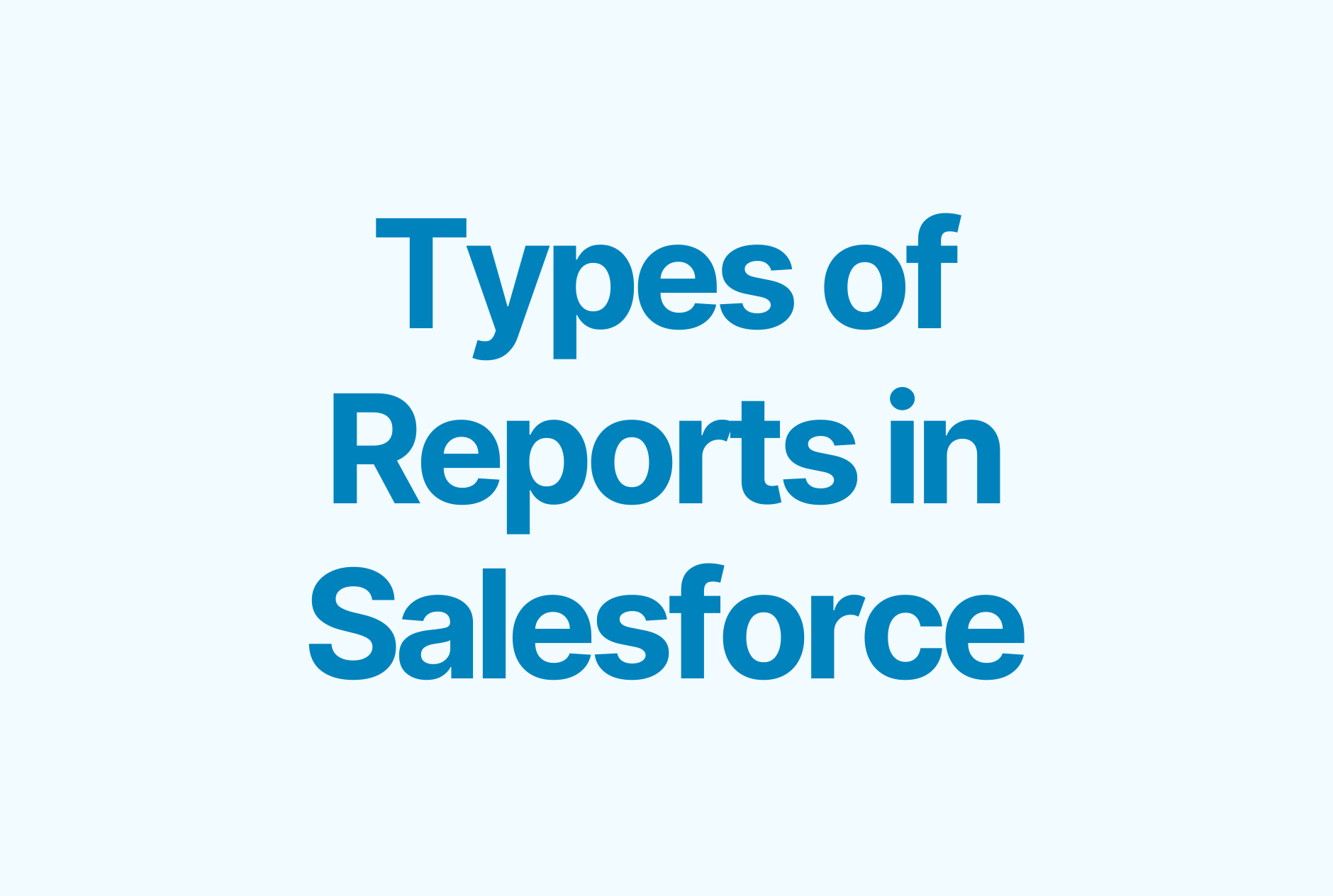10 must-have sales pipeline reports for sales managers

Not sure which sales pipeline reports you should be creating on a regular basis? We cover 10 must-have sales pipeline reports in this guide.
What makes a good sales pipeline report?
A good sales pipeline report should provide an overview of the current sales situation, including the number of deals in the pipeline, their stage of development, and the value of each deal. It should also include information on the expected close date for each deal.
In addition, a good sales pipeline report will highlight any trends that are emerging from the data. For example, if there are more deals than usual in a particular stage of the pipeline, or if the value of deals is increasing or decreasing over time. The key here is to include only the actually useful information in these reports—don’t just try fitting every sales stat possible.
Finally, a good sales pipeline report should be easy to understand and interpret. It should be clear at a glance what the data means and how it can be used to inform decisions about sales strategy.
10 sales pipeline reports every sales manager should create
Now that you understand how a good sales pipeline report should like, let's have a look at ten crucial reports you should create.
1. Opportunities in pipeline
Most important to: Sales managers, CEO, CMO
Questions this will answer:
- How many opportunities are in the sales pipeline?
- Do our opportunities have enough value to meet our goals?
Why it matters:
Your sales team can only work with what’s in the pipeline. If there aren’t enough opportunities, there’s no way you'll hit your targets. This report helps you ensure you know when to flag the marketing team to make improvements to their top-of-funnel strategy and bring more quality leads in.
2. Average deal size
Most important to: Sales managers, CEO, CMO
Questions this will answer:
- What is the average value of the opportunities coming in?
- What market segment do the majority of our customers fall under (e.g. SMB vs. Enterprise)?
Why it matters:
As a sales manager, knowing the average deal size of opportunities coming in will help you accurately forecast revenue and predict your ability to meet or exceed sales targets.
3. Highest priority accounts for closing
Most important to: Sales managers
Questions this will answer:
- Which opportunities should sales reps be working on first?
- How much money are these opportunities worth?
Why it matters:
Knowing your biggest opportunities can help sales reps prioritize their efforts, focusing on the highest-value accounts first and working their way down. This will help increase revenue and hit targets even if fewer total accounts are closed since the deal sizes will be bigger.
4. Average sales cycle
Most important to: Sales managers, CEO
Questions this will answer:
- How long does it take a lead to turn into a customer?
- Based on this sales cycle length, how long will it take us to hit our sales targets?
Why it matters:
The length of your sales cycle is important to measure because it helps you set realistic sales targets. For example, if you have 100 deals in the works and your sales cycle lasts 6 weeks, it doesn’t make sense to have a goal of closing 50 deals a month.
Having this knowledge also helps you identify areas for improvement. Which stage of the sales process takes the longest? How can it be shortened? Is there anything else you can do to optimize your sales process?
5. Win rate
Most important to: Sales managers, CEO
Questions this will answer:
- What percentage of our opportunities are we closing?
- How many are we losing and why?
Why it matters:
This report shows how many of your prospects actually turn into customers. It allows you to notice right away if numbers drop so you can take the time to figure out why.
For example, the issue could be an underperforming sales rep, misalignment between the sales and marketing teams, or a new competitor in the industry. The sooner you can dig into the why, the sooner you’ll be able to alleviate the problem.
6. Sold vs. budget
Most important to: Sales managers, sales reps, CEO
Questions this will answer:
- How much revenue do we need to generate this quarter?
- How much revenue have we made so far?
Why it matters:
Because revenue is the whole reason we’re in sales! Executives want to know how much more money the company needs to meet its goals. If budget isn't met, it means some strategy adjustments need to happen. The sales team might need to spend more time on outbound prospecting while the marketing team might need to change their inbound campaigns.
7. Won revenue by region
Most important to: CEO, CMO
Questions this will answer:
- Where do most of our customers live?
- Are we spending our marketing money on the right places?
Why it matters:
This one is for the marketing executives. They need to know how many leads from different regions turn into customers so they can effectively focus their efforts. For example, if most revenue comes from eastern states, Marketing can spend more targeting those regions because they've shown the highest return.
8. Won revenue by industry
Most important to: CEO, CMO
Questions this will answer:
- Which industries do most of our customers work in?
- Are we advertising to these industries?
Why it matters:
Another one for the marketing team. Knowing which industries most of your closed sales come from means Marketing can better target their advertising efforts to these verticals.
For example, if a lot of your customers are in the Healthcare industry, it may be worthwhile to create downloadable healthcare-related content for the website to attract more leads from that vertical.
9. Revenue growth rate
Most important to: Sales managers, CEO, CMO
Questions this will answer:
- Is the amount of revenue we’re generating going up?
- What percentage is it increasing (or decreasing) by?
Why it matters:
Knowing your revenue growth rate will instantly tell you whether the effort your company is putting into sales and marketing is paying off.
Revenue increasing? You must be doing something right.
Stagnating? No need to panic—look for areas to improve.
Declining? Time to take a good hard look at your business strategy. (Could just be a bad month!)
Regardless of the outcome, Sales and Marketing will need to work together on this one, since both play a crucial role in revenue generation. And of course, your CEO will want to know the company is heading toward growth as well.
10. Conversion rate by sales rep
Most important to: Sales managers, sales reps
Questions this will answer:
- Which sales reps are closing the most deals?
- Which sales reps are closing the fewest deals?
Why it matters:
This report will show how much revenue each sales rep has brought in during a certain period. This information can be shared with the entire sales team as a way to recognize top performers and motivate lower-ranking sellers to up their game.
Start creating effective sales pipeline reports today
A sales pipeline report is an essential tool for sales managers, providing them with a comprehensive overview of the current sales situation.
By creating a variety of sales reports, sales managers can get a detailed view of each stage of the sales process, track changes in the sales pipeline over time, compare the performance of different salespeople, and forecast future sales.










